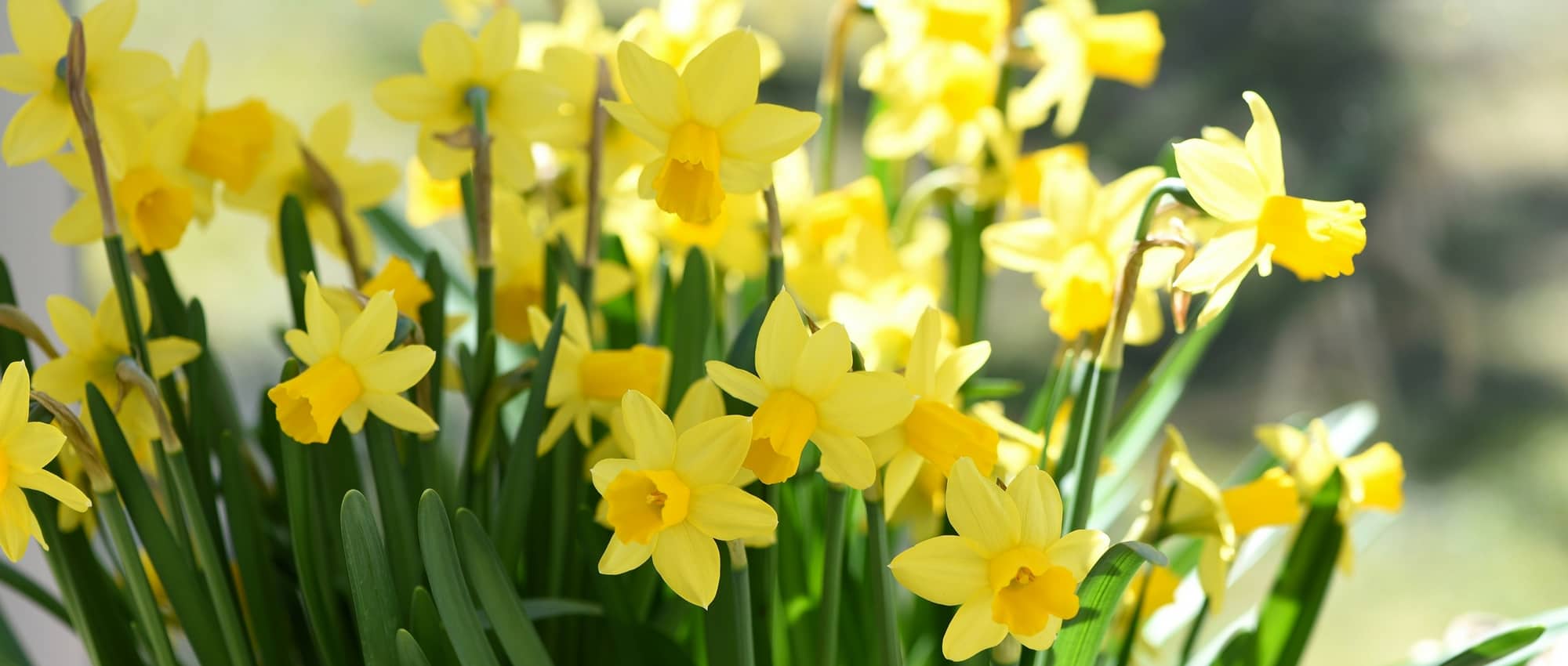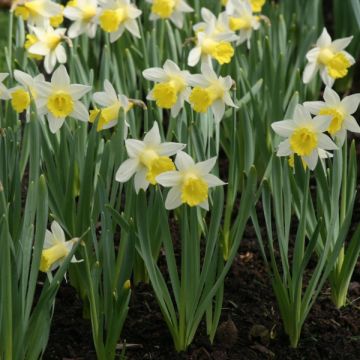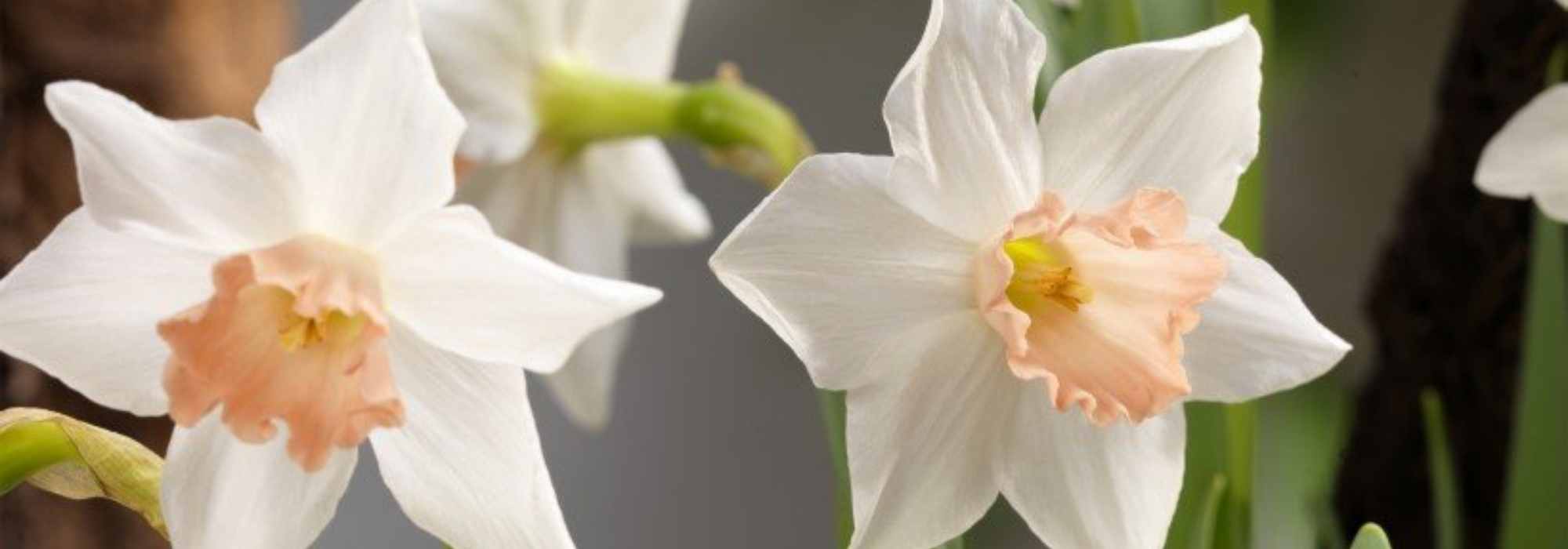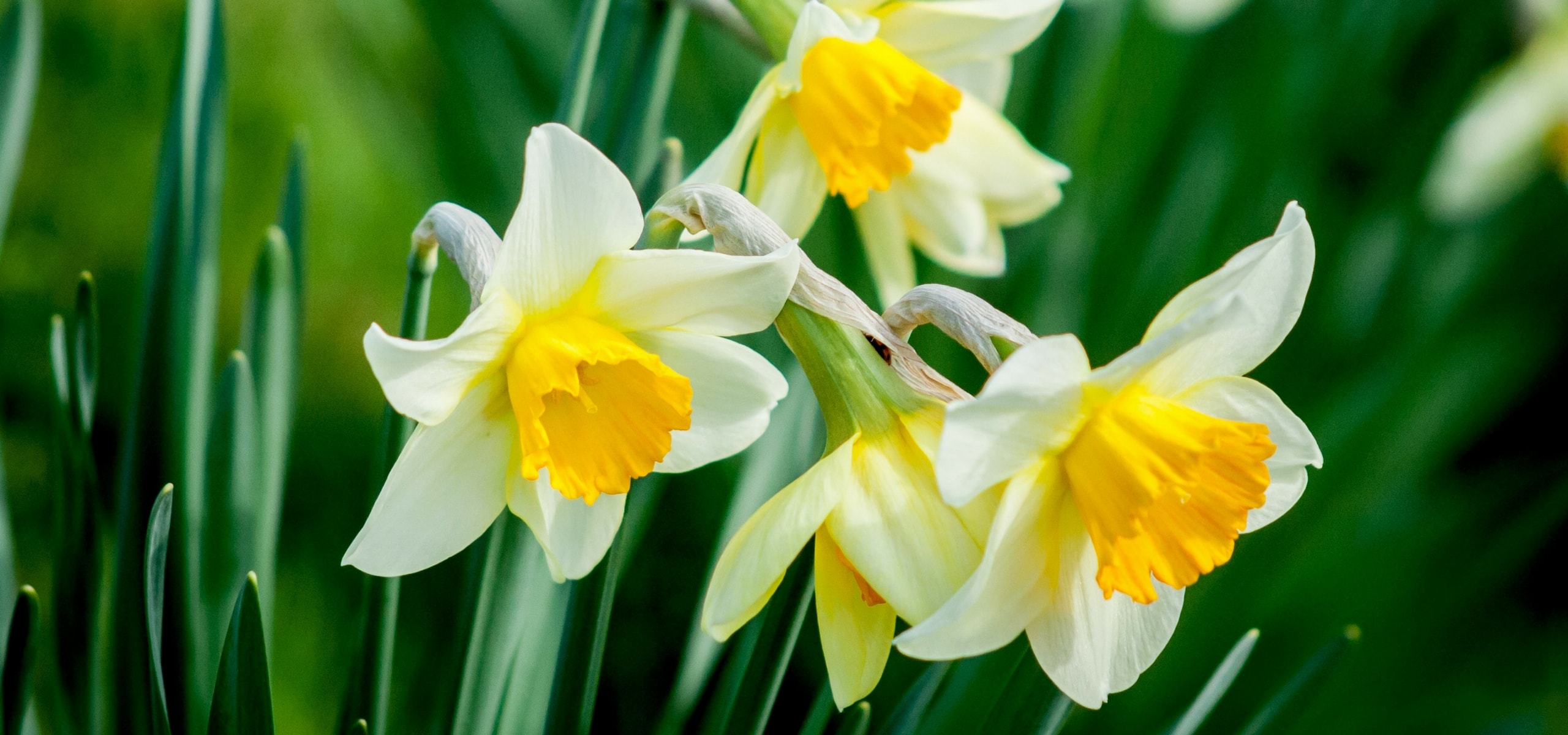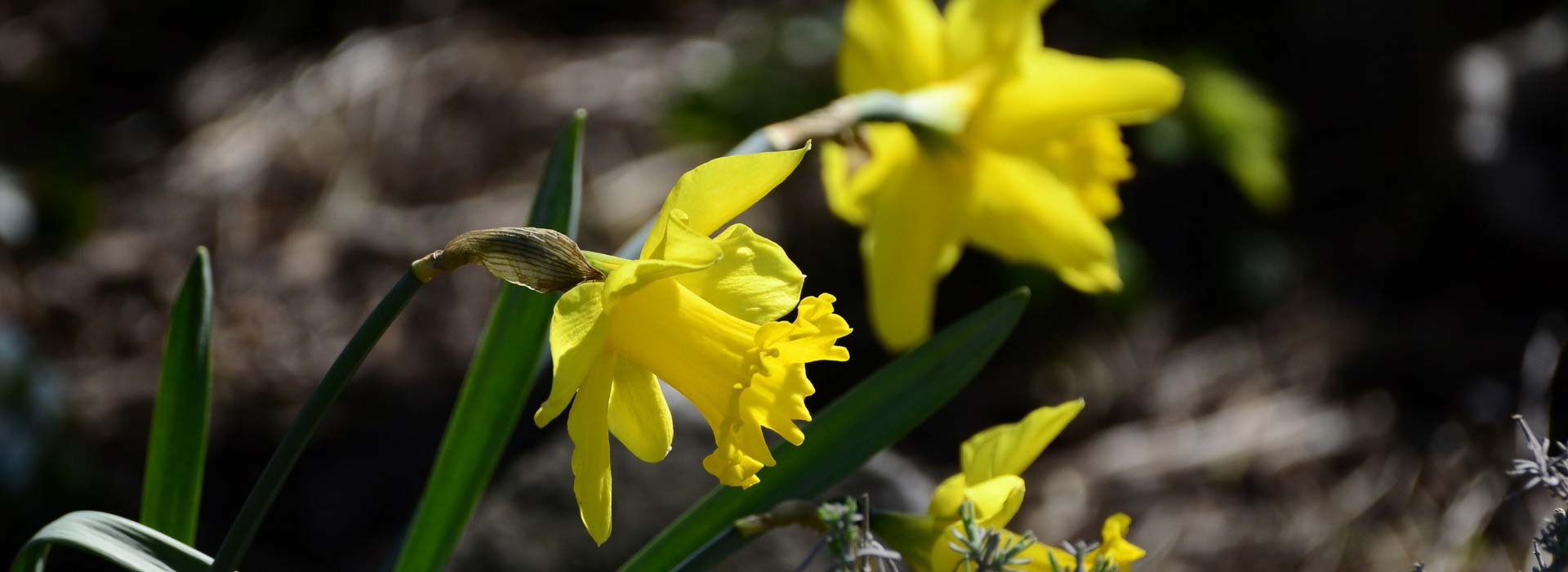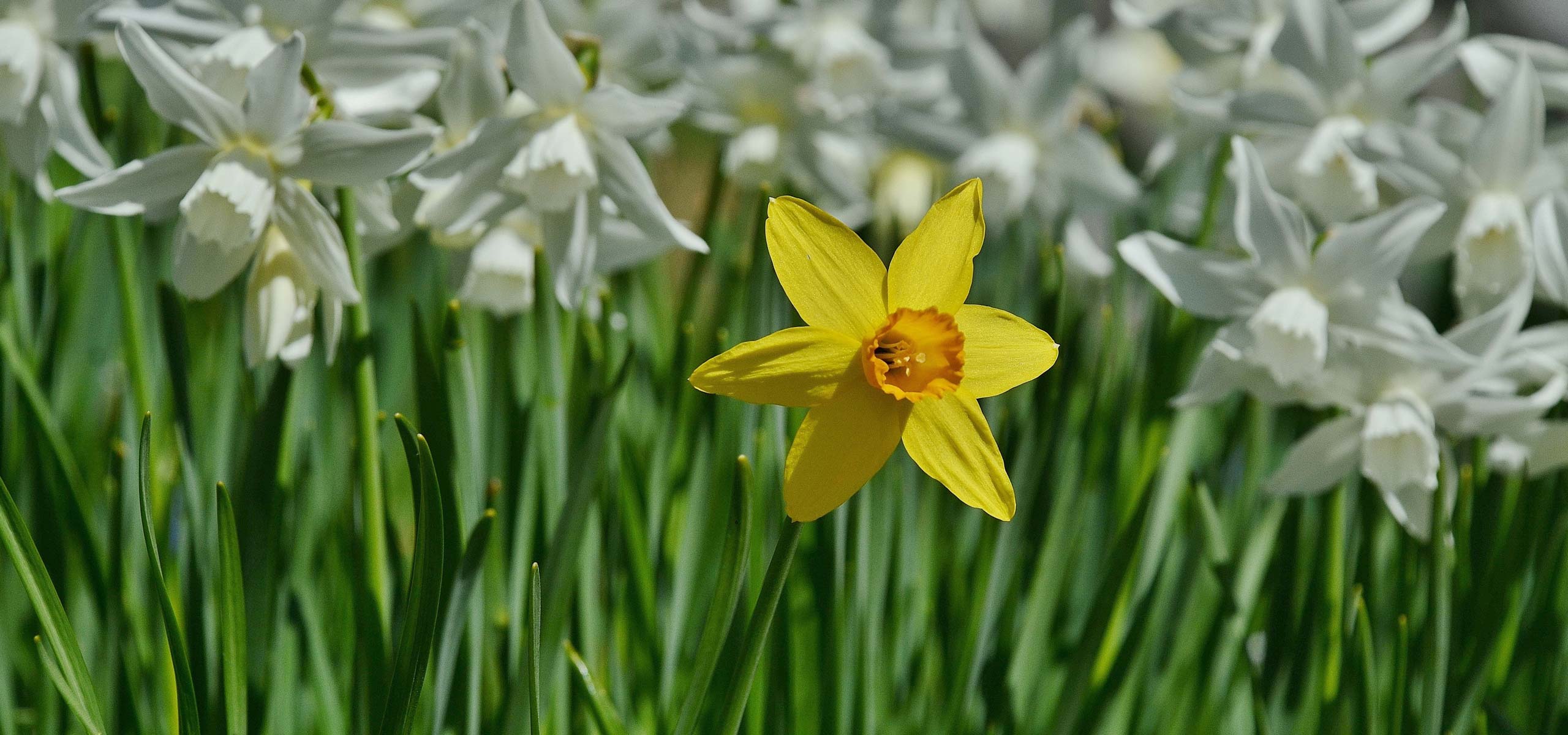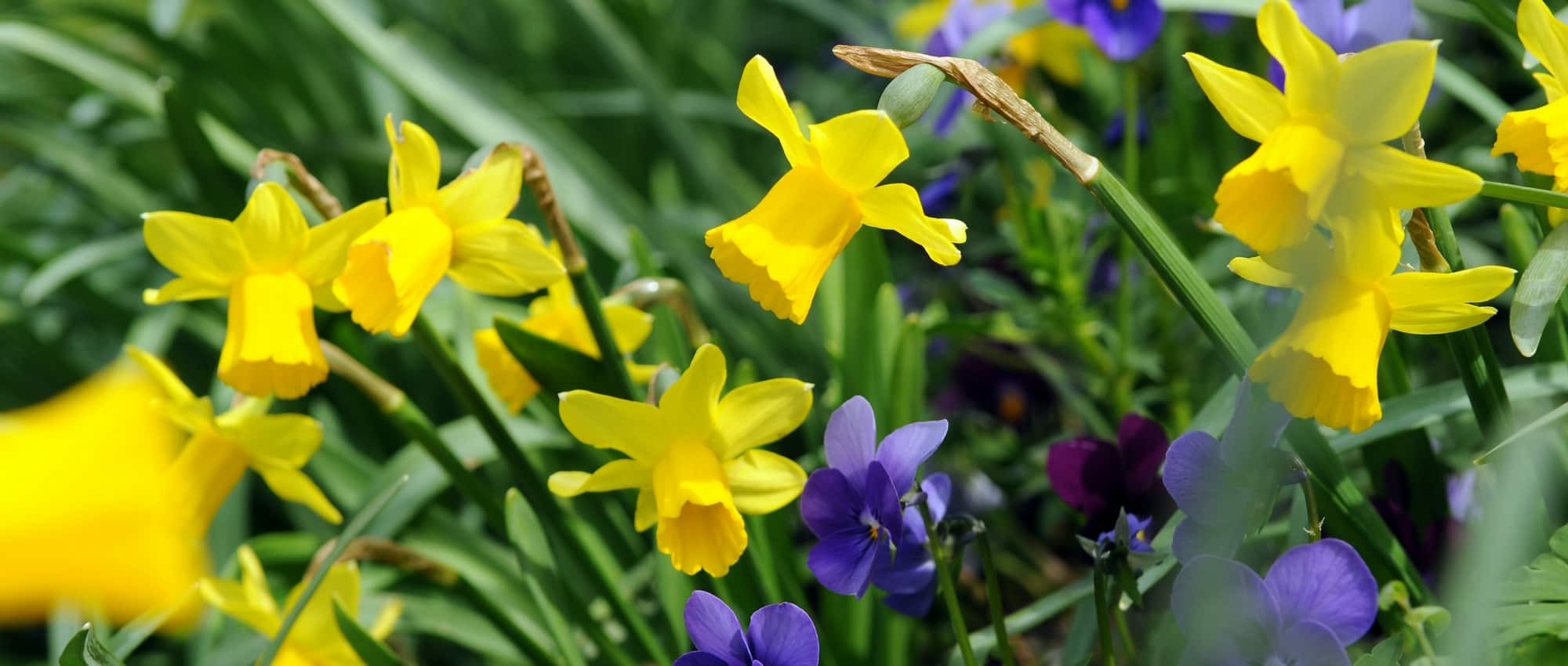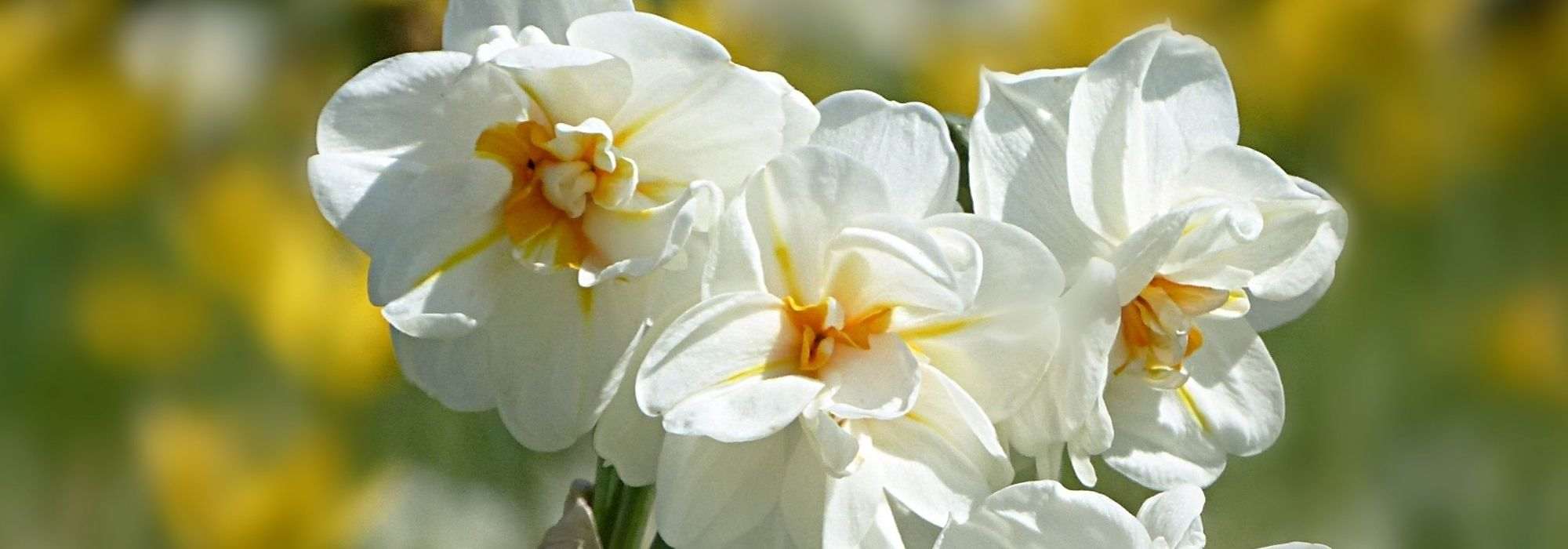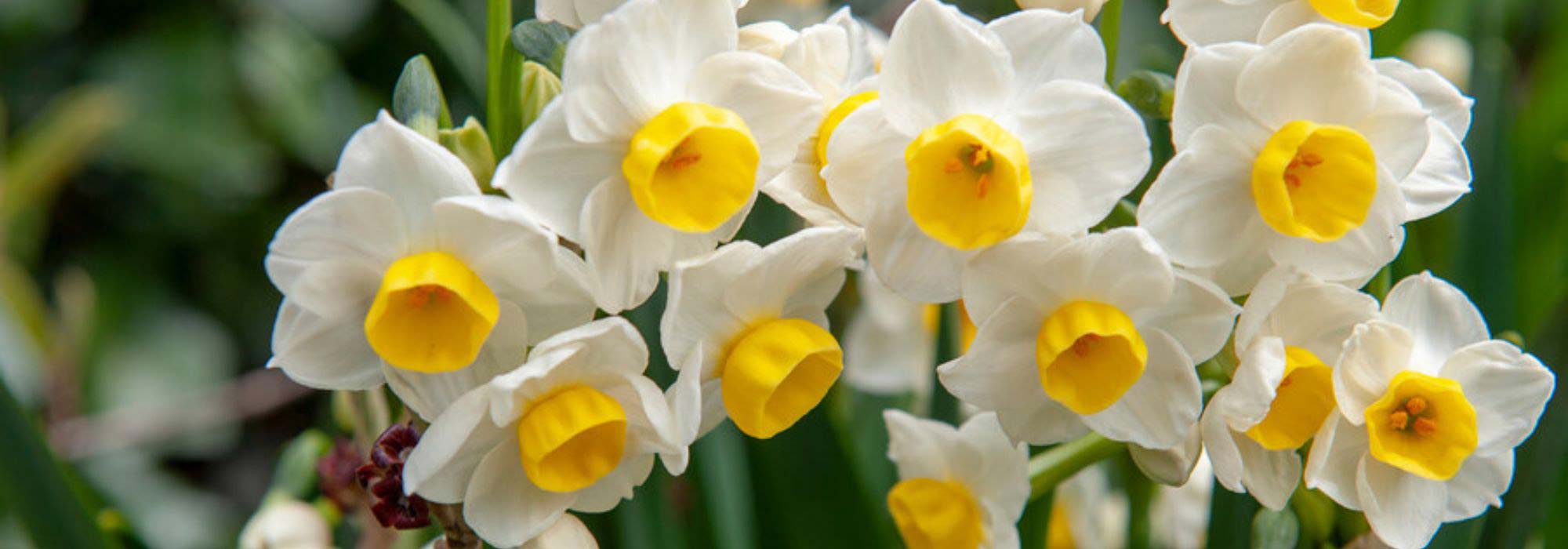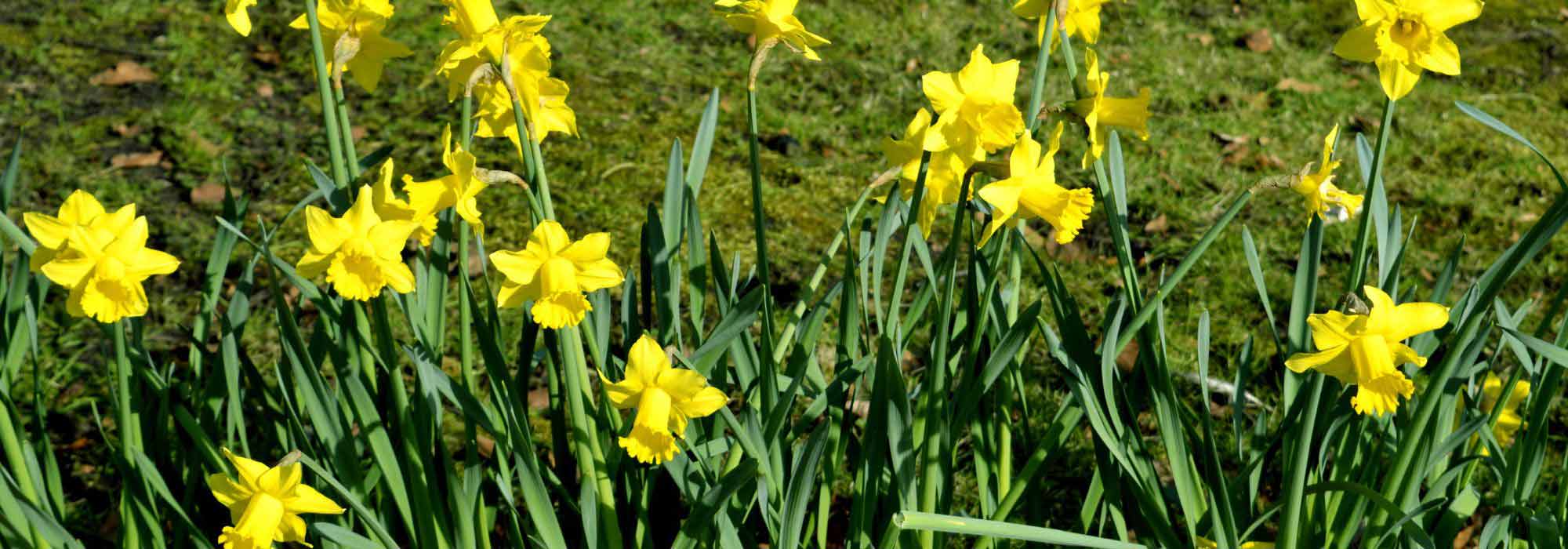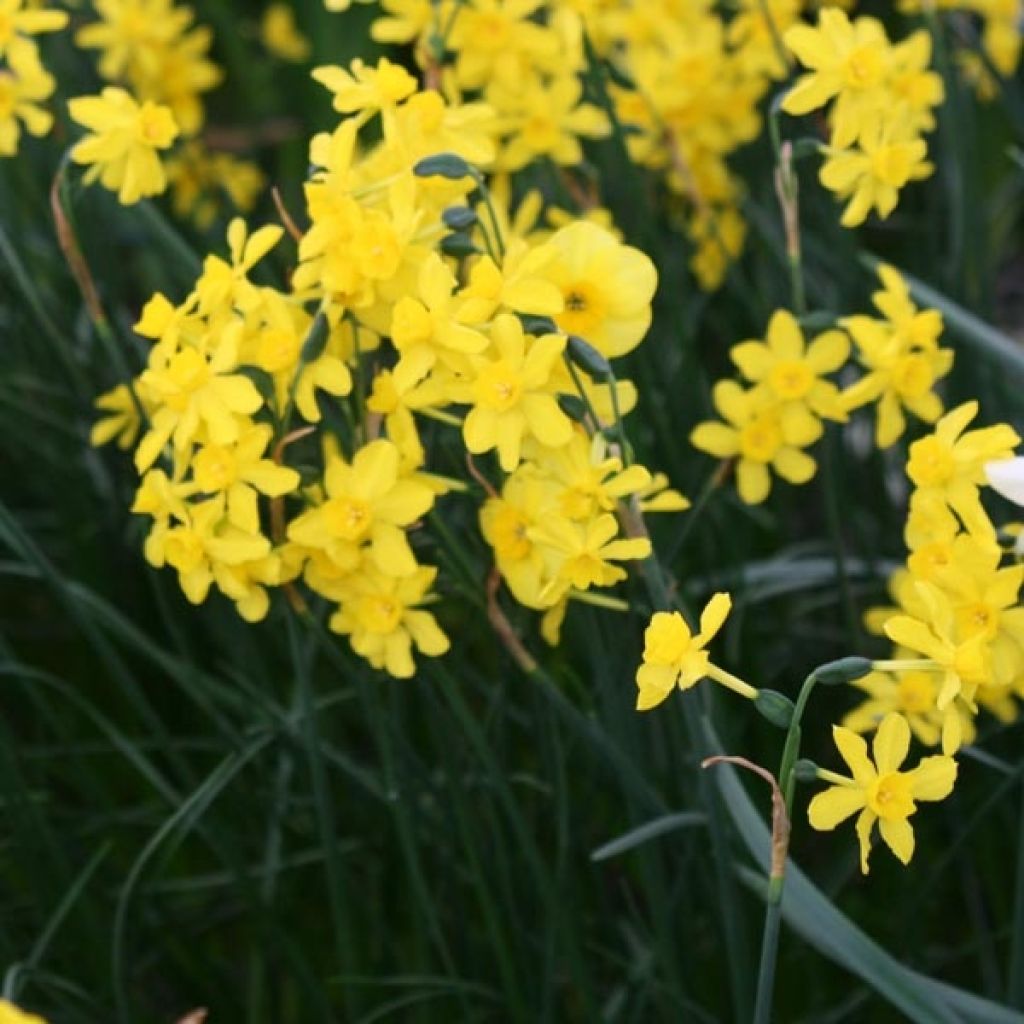

Narcisse Twinkling Yellow
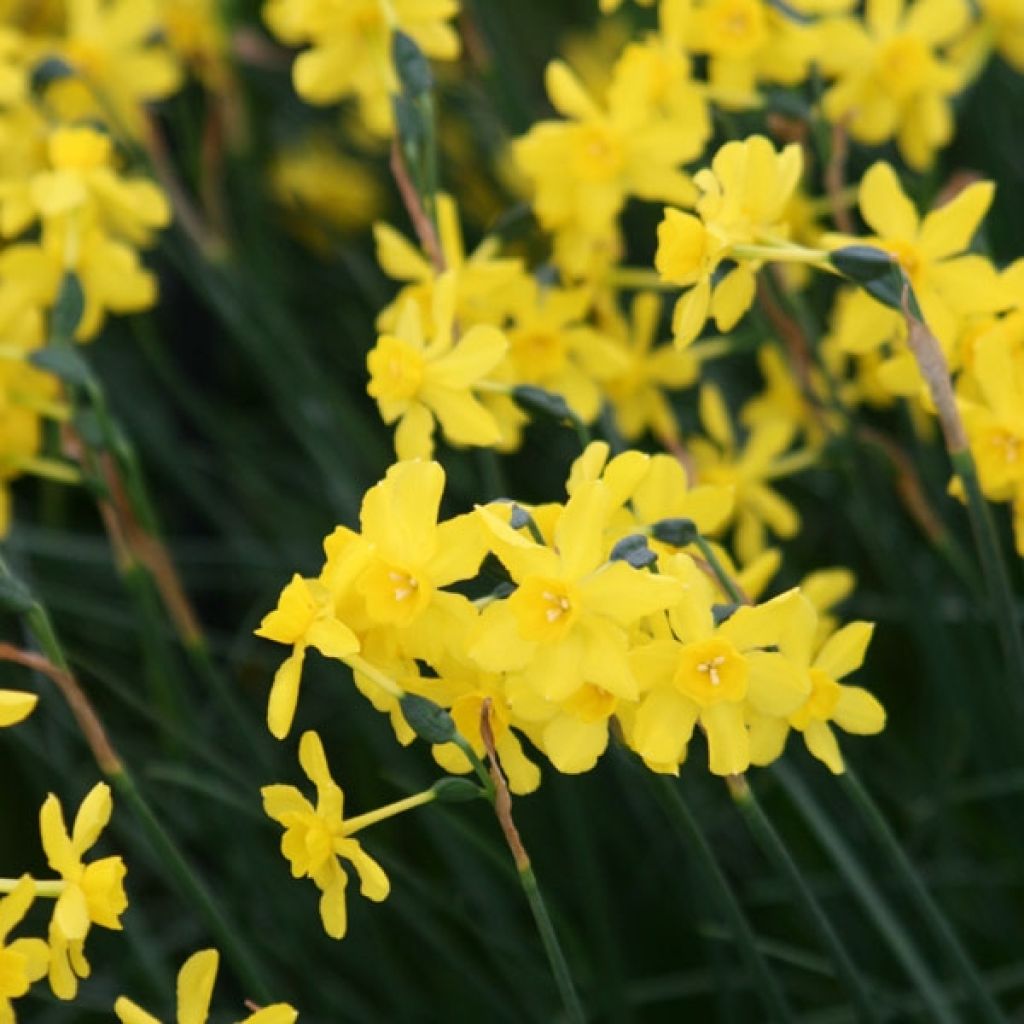

Narcisse Twinkling Yellow
Narcissus Twinkling Yellow
Narcissus jonquilla var. henriquesii Twinkling Yellow
Henriques' Daffodil
Gorgeous! Compact and very eye-catching... amazing! Thank you.
Helene , 12/04/2025
Special offer!
Receive a €20 voucher for any order over €90 (excluding delivery costs, credit notes, and plastic-free options)!
1- Add your favorite plants to your cart.
2- Once you have reached €90, confirm your order (you can even choose the delivery date!).
3- As soon as your order is shipped, you will receive an email containing your voucher code, valid for 3 months (90 days).
Your voucher is unique and can only be used once, for any order with a minimum value of €20, excluding delivery costs.
Can be combined with other current offers, non-divisible and non-refundable.
This plant carries a 6 months recovery warranty
More information
We guarantee the quality of our plants for a full growing cycle, and will replace at our expense any plant that fails to recover under normal climatic and planting conditions.


Does this plant fit my garden?
Set up your Plantfit profile →
Description
Narcissus Twinkling Yellow is a selection from a botanical species called Narcissus jonquilla var henriquesii, once cultivated in Grasse for perfume production. This excellent variety is more vigorous, hardier, and more floriferous while retaining the wonderful fragrance of its ancestor. Each stem carries 5 to 6 small golden yellow flowers early in the season, lasting for one and a half months. The plant requires a very sunny exposure and well-drained soil, even dry in summer.
Narcissus belong to the amaryllidaceae family. The genus Narcissus includes about 50 species mainly found in the western Mediterranean, but also in Africa and Asia. Narcissus jonquilla var henriquesii is a small wild jonquil native to Portugal, loving the sun that "bakes" its bulbs in summer, with remarkably fragrant flowers and almost grass-like, thin foliage. Its stems do not exceed 25cm (10in) high.
'Twinkling Yellow', selected in the United States, has received the prestigious Award of Garden Merit from the Royal Horticultural Society in England. It is classified in division 7 of narcissus, which includes forms close to botanical species. In this cultivar, each bulb carries one to two inflorescences, each producing between 3 and 5 flowers. The small, bright golden yellow flowers exhale a delicious fruity fragrance. They sometimes bloom as early as mid-February, depending on the climate, continuously for one and a half months.
Ideal in rockeries, borders or containers, Narcissus Twinkling Yellow is very hardy and will grow in any soil as long as it is well-drained. There is such a choice of varieties among narcissus that you can enjoy them for three months in spring without getting bored for a single moment. They can all naturalise easily, love yellow and white, and often emit sweet fragrances. So many reasons to grow them in large clumps (at least 20 bulbs) for a mass effect. In natural beds, grow them with scilla and Anemone blanda, with botanical tulips, forget-me-nots and small grasses like Stipa. A group of Twinkling Yellow Narcissus in a pot placed near the house or even in a cool room will diffuse an exceptional fragrance. It is simply perfect in a rockery.
Daffodil or Narcissus? Botanically speaking, daffodils are part of the narcissus family. They have flowers grouped in pairs or more and their corolla forms a campanulate trumpet longer than it is wide. Botanical species have the charm of wild plants and thrive in rockeries: N.bulbocodium, N. canaliculatus, N.juncifolius, N.pseudonarcissus and the simple wood jonquil, are among the prettiest. In vases, we advise you not to mix narcissus with other flowers, such as tulips in particular, as the stems of narcissus contain a substance that quickly withers other flowers. This detrimental effect on other flower species can be mitigated by dipping the ends of narcissus stems in hot water for 1 to 2 minutes.
Plant habit
Flowering
Foliage
Botanical data
Narcissus
jonquilla var. henriquesii
Twinkling Yellow
Amaryllidaceae
Henriques' Daffodil
Cultivar or hybrid
Other Dwarf Daffodils
View all →Planting and care
Narcissus Twinkling Yellow is low-maintenance and grows in sunny, well-drained and well-prepared soil, even if it is limestone, clayey, and dry in summer. The results are less satisfactory in overly wet or excessively acidic soils. The warmer and drier your climate, the less important soil conditions will be. Plant the bulbs from September to mid-December, 15 cm (6in) deep with a spacing of 8 cm (3in), in a sunny or partially shaded location (at least 3 hours of sunlight per day). Left undisturbed, year your daffodils will produce more and more flowers each year. To plant them in a lawn: strip a patch of turf, dig and loosen the soil to a depth of at least 20 cm (8in) (the height of a spade), place your bulbs, cover them with soil, and replace the turf. Choose a spot where you won't mow, as you must to let daffodil leaves wither before cutting them. It is a good idea to water during dry periods, especially during flowering. However, wet summers are detrimental to the bulbs, which may rot. Daffodils generally remain in the ground, but bulbs can be dug up once the foliage has turned yellow to protect them from excessive summer rain. Remove faded flowers to promote the accumulation of new reserves in the bulb. After flowering, let the foliage die naturally and only cut it when it turns yellow. If the clumps become too dense, they will flower less, so they can be divided from July to September when the leaves are dry. You can replant the bulbs (if without damage) immediately.
Planting period
Intended location
Care
Planting & care advice
-
, onOrder confirmed
Reply from on Promesse de fleurs
Haven't found what you were looking for?
Hardiness is the lowest winter temperature a plant can endure without suffering serious damage or even dying. However, hardiness is affected by location (a sheltered area, such as a patio), protection (winter cover) and soil type (hardiness is improved by well-drained soil).

Photo Sharing Terms & Conditions
In order to encourage gardeners to interact and share their experiences, Promesse de fleurs offers various media enabling content to be uploaded onto its Site - in particular via the ‘Photo sharing’ module.
The User agrees to refrain from:
- Posting any content that is illegal, prejudicial, insulting, racist, inciteful to hatred, revisionist, contrary to public decency, that infringes on privacy or on the privacy rights of third parties, in particular the publicity rights of persons and goods, intellectual property rights, or the right to privacy.
- Submitting content on behalf of a third party;
- Impersonate the identity of a third party and/or publish any personal information about a third party;
In general, the User undertakes to refrain from any unethical behaviour.
All Content (in particular text, comments, files, images, photos, videos, creative works, etc.), which may be subject to property or intellectual property rights, image or other private rights, shall remain the property of the User, subject to the limited rights granted by the terms of the licence granted by Promesse de fleurs as stated below. Users are at liberty to publish or not to publish such Content on the Site, notably via the ‘Photo Sharing’ facility, and accept that this Content shall be made public and freely accessible, notably on the Internet.
Users further acknowledge, undertake to have ,and guarantee that they hold all necessary rights and permissions to publish such material on the Site, in particular with regard to the legislation in force pertaining to any privacy, property, intellectual property, image, or contractual rights, or rights of any other nature. By publishing such Content on the Site, Users acknowledge accepting full liability as publishers of the Content within the meaning of the law, and grant Promesse de fleurs, free of charge, an inclusive, worldwide licence for the said Content for the entire duration of its publication, including all reproduction, representation, up/downloading, displaying, performing, transmission, and storage rights.
Users also grant permission for their name to be linked to the Content and accept that this link may not always be made available.
By engaging in posting material, Users consent to their Content becoming automatically accessible on the Internet, in particular on other sites and/or blogs and/or web pages of the Promesse de fleurs site, including in particular social pages and the Promesse de fleurs catalogue.
Users may secure the removal of entrusted content free of charge by issuing a simple request via our contact form.
The flowering period indicated on our website applies to countries and regions located in USDA zone 8 (France, the United Kingdom, Ireland, the Netherlands, etc.)
It will vary according to where you live:
- In zones 9 to 10 (Italy, Spain, Greece, etc.), flowering will occur about 2 to 4 weeks earlier.
- In zones 6 to 7 (Germany, Poland, Slovenia, and lower mountainous regions), flowering will be delayed by 2 to 3 weeks.
- In zone 5 (Central Europe, Scandinavia), blooming will be delayed by 3 to 5 weeks.
In temperate climates, pruning of spring-flowering shrubs (forsythia, spireas, etc.) should be done just after flowering.
Pruning of summer-flowering shrubs (Indian Lilac, Perovskia, etc.) can be done in winter or spring.
In cold regions as well as with frost-sensitive plants, avoid pruning too early when severe frosts may still occur.
The planting period indicated on our website applies to countries and regions located in USDA zone 8 (France, United Kingdom, Ireland, Netherlands).
It will vary according to where you live:
- In Mediterranean zones (Marseille, Madrid, Milan, etc.), autumn and winter are the best planting periods.
- In continental zones (Strasbourg, Munich, Vienna, etc.), delay planting by 2 to 3 weeks in spring and bring it forward by 2 to 4 weeks in autumn.
- In mountainous regions (the Alps, Pyrenees, Carpathians, etc.), it is best to plant in late spring (May-June) or late summer (August-September).
The harvesting period indicated on our website applies to countries and regions in USDA zone 8 (France, England, Ireland, the Netherlands).
In colder areas (Scandinavia, Poland, Austria...) fruit and vegetable harvests are likely to be delayed by 3-4 weeks.
In warmer areas (Italy, Spain, Greece, etc.), harvesting will probably take place earlier, depending on weather conditions.
The sowing periods indicated on our website apply to countries and regions within USDA Zone 8 (France, UK, Ireland, Netherlands).
In colder areas (Scandinavia, Poland, Austria...), delay any outdoor sowing by 3-4 weeks, or sow under glass.
In warmer climes (Italy, Spain, Greece, etc.), bring outdoor sowing forward by a few weeks.






























